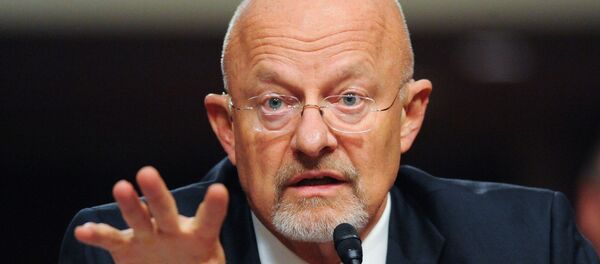“Recognizing that many challenges facing the world require long-term solutions — from the underlying sources of violent extremism to threats to our security like poverty, inequality and climate change — our strategy maintains a long-term perspective and emphasizes that we must seek a wide array of partners to solve issues of global concern,” Power stated.
The strategy outlined a vision for the United States to lead by example, upholding US values at home so that they could be better promoted abroad.
“So, we will continue to fight against corruption and threats to free expression and a free press, and we will continue to fight for open governments, open societies, and the universal rights of women and LGBT person,” Power concluded.
2015 National Security strategy was unveiled by the White House on Friday.
Obama’s second and final national action plan outlines long-term strategies for the country’s executive leadership in issues of security, prosperity and international order.
It stated that Washington can use military force, unilaterally if necessary, when US citizens are threatened and when the security of US allies is endangered, and ensured that the United States will train and equip local partners in order to strengthen their efforts to fight against terrorism.
According to the document, the US intends, to maintain «significant costs» on Russia, provide military support to Georgia, Moldova and Ukraine, and work to avoid potential «energy-related conflict» in the Arctic and Asia.
Among other US executive leadership priorities, mentioned in the 29-page document are cybersecurity, climate change and the advancement of the rights of sexual minorities across the world.
The previous National Security Strategy was issued in 2010 and advocated building more effective partnerships with Russia, as well as India and China, in nuclear non-proliferation and in combating climate change, among other priorities.




